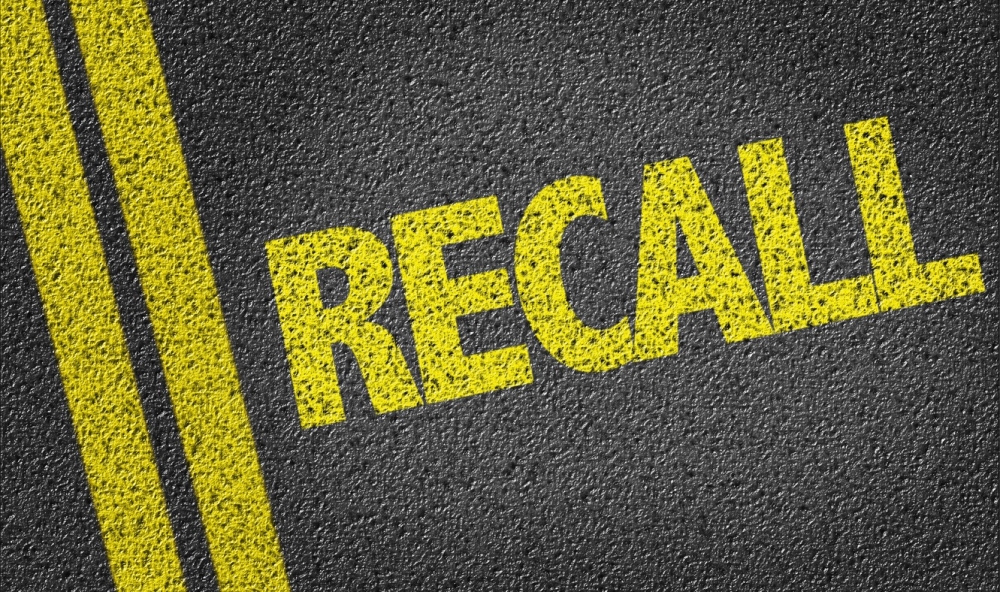The memory of the global supply chain crisis is still fresh and the lessons from it are just now being built into business strategies in industries around the world. Today, the world economy is still unsettled, and companies are working to ensure the consistent production of everything from electric cars and sneakers to high-capacity batteries and microchips both domestically and abroad.
The trend toward “Just-in-Time” production has also played its part in the supply chain crisis. The business strategy of keeping minimal inventory while outsourcing production and relying on global supply chains for raw materials, components, and other supplies, helped companies reduce costs in the past, but backfired as the supply chain itself became challenged. Add to these other significant pressures currently facing manufacturers – such as volatile oil prices, war in central Europe, a shrinking labor pool, costly product recalls, and increased global competition – and the need for effective solutions is high.
The truth is, there are numerous quality initiatives and tools you can employ to mitigate the risk of supply chain disruption to your business and in your supply chain. Consider the following strategies to control what you can, reduce threats, and build resiliency in your organization.
Create a collaborative supplier model.
Strategic supplier engagement built on strong communication and collaboration enables manufacturers to give suppliers greater ownership over shared risks and clear feedback on where they are excelling and where they need to improve product quality.
Monitor supplier quality with audits.
There is a clear, direct correlation between supplier quality and product quality. A supplier audit, an inspection of their usage of industry regulation practices, is a cornerstone of any effective quality management strategy. After all, supplier quality is only as strong as your weakest link.
Improve visibility into your supply chain.
It should come as no surprise that manufacturers with poor visibility into supplier performance have a reportedly higher defect rate than those with strong visibility. To improve visibility into the many aspects of your supply chain, it is essential to dive deep with the help of advanced real-time data analysis capabilities to track and analyze individual components, sub-assemblies and final products as they travel from supplier to manufacturer to consumer.
Invest in a robust supply chain quality management system.
Our current, chaotic supply chain crisis is not the time for manual processes. Organizations that opt for manual processes over advanced quality management systems (QMS) risk product defects and recalls, time-consuming processes, inconsistent documentation and training, and increased error from manual data entry and disconnected systems. ETQ Reliance NXG is the world’s most advanced enterprise quality management solution for improving supplier quality, mitigating risk and building a more agile, resilient supply chain.
Supply chain disruption is not ending anytime soon, but with the right QMS software you can gain the visibility, tools, and insights you need to strengthen resiliency and mitigate many of the associated problems to keep your business moving forward.


